BMW’s insane car of the future replaces dashboards with augmented reality
/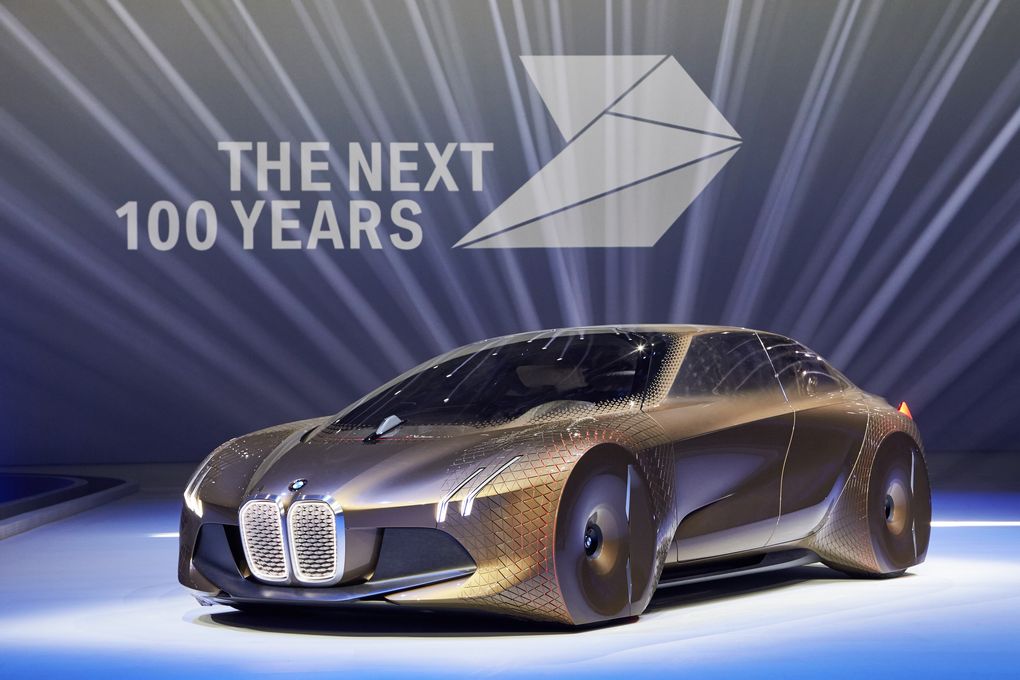
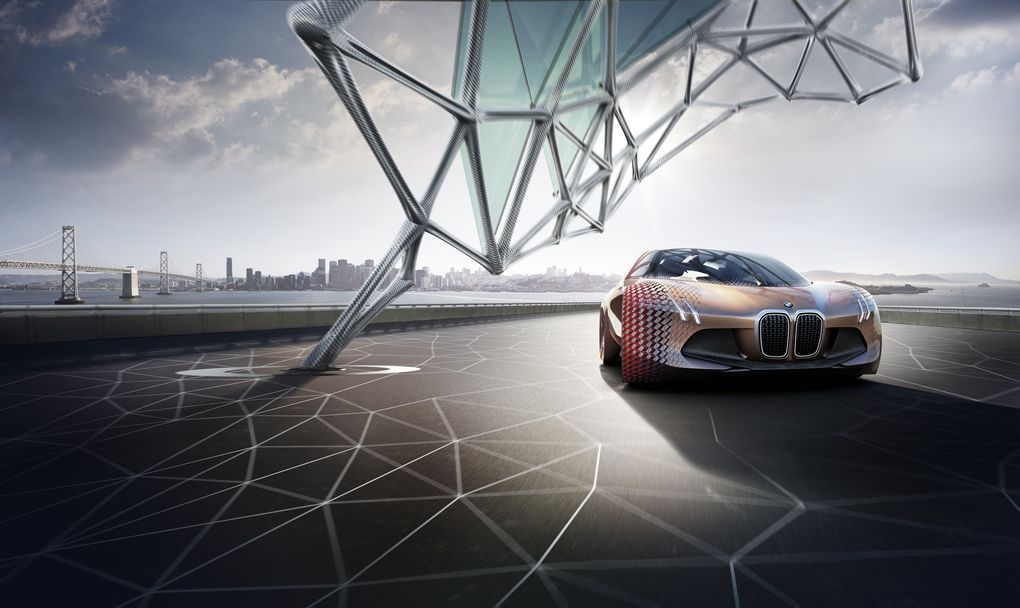
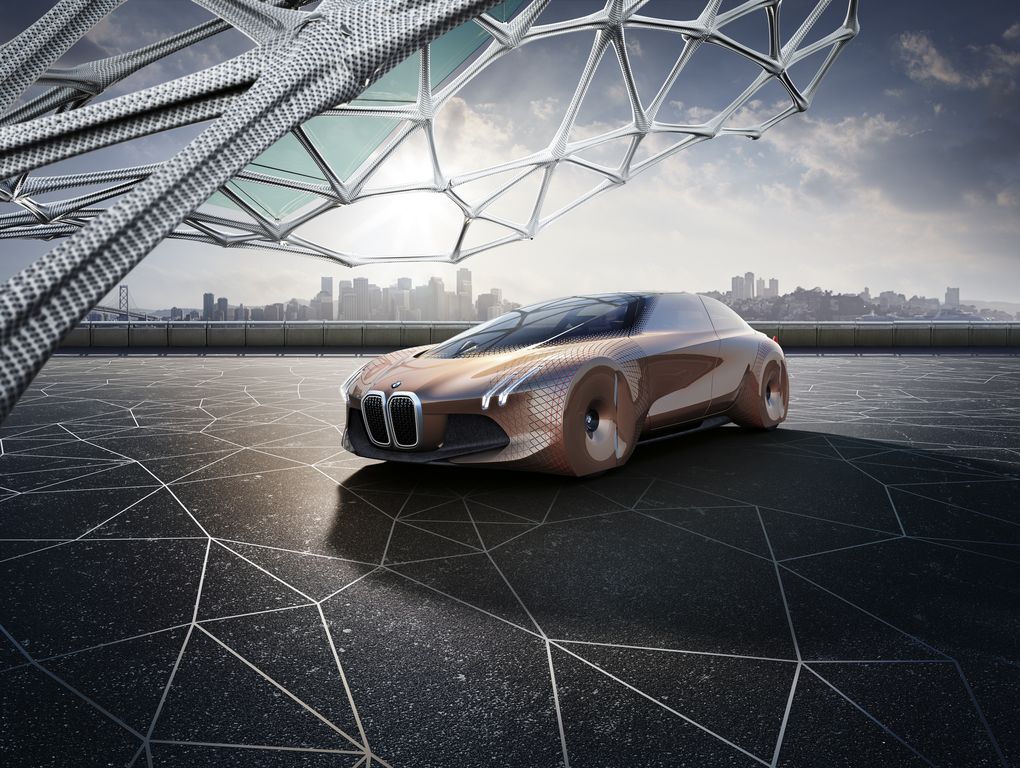
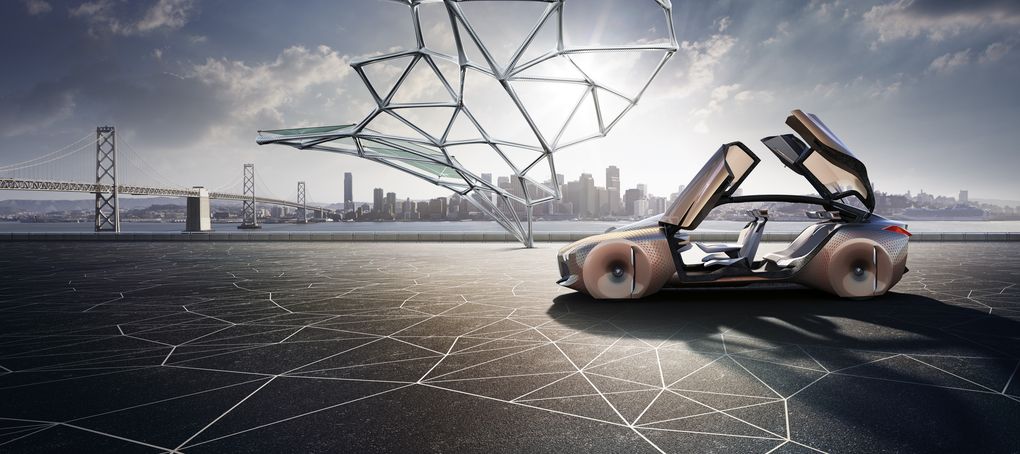
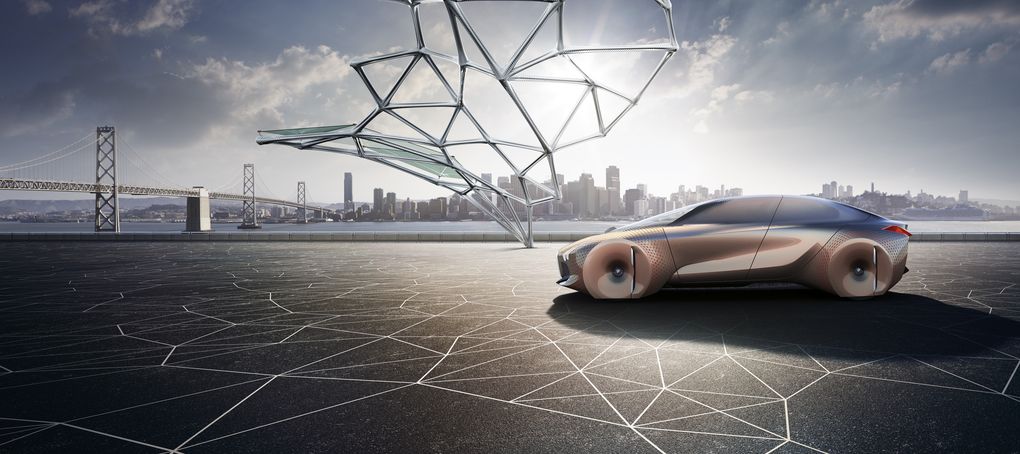

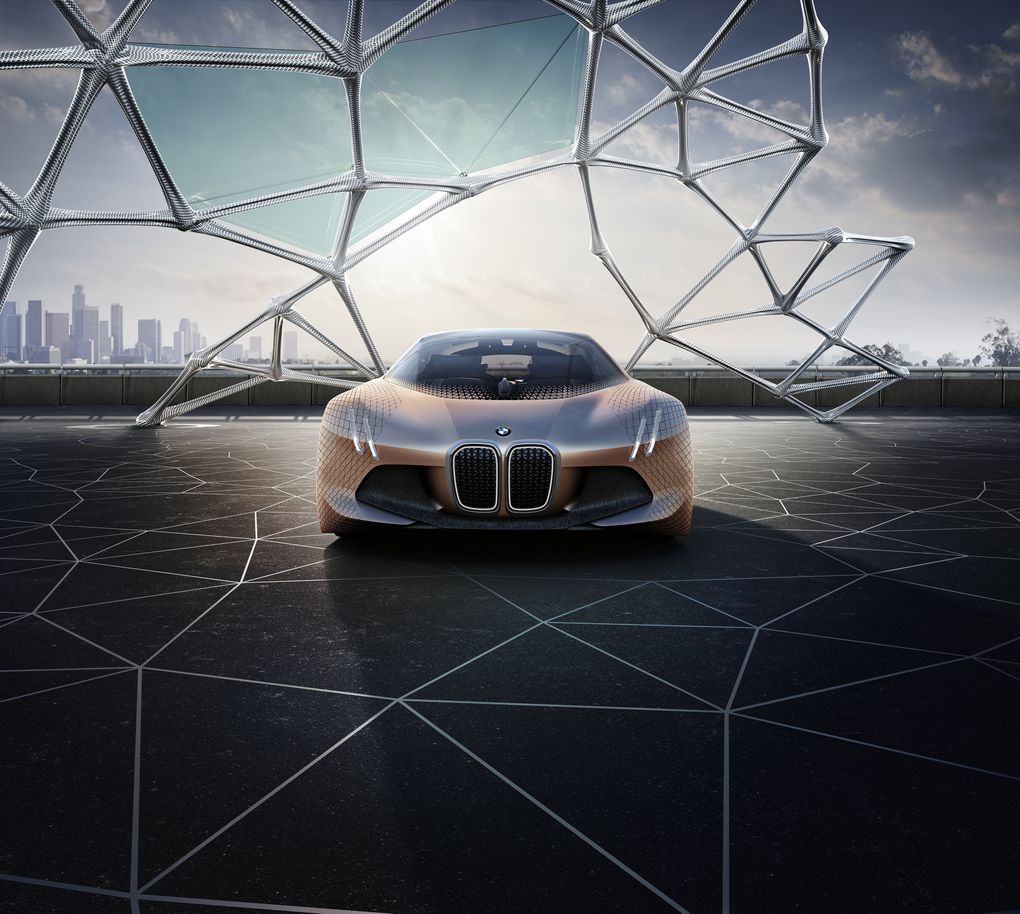
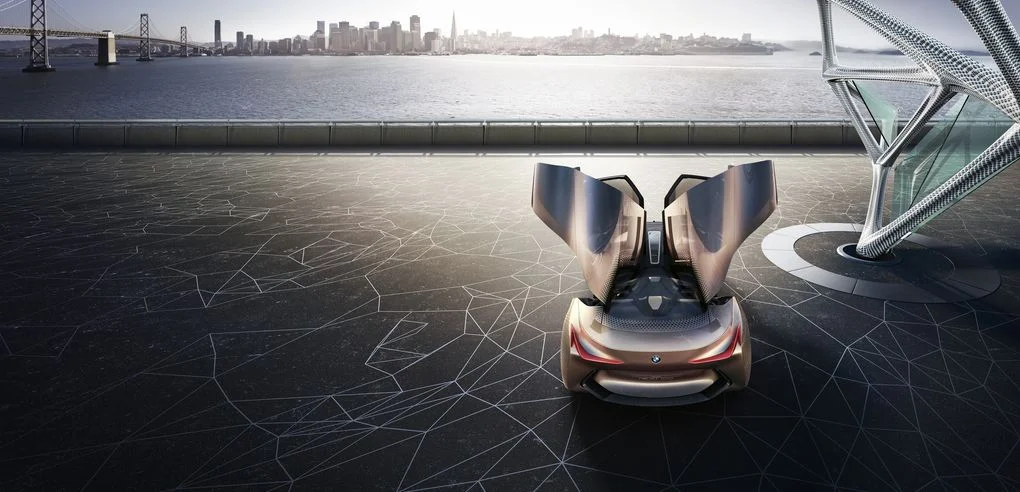
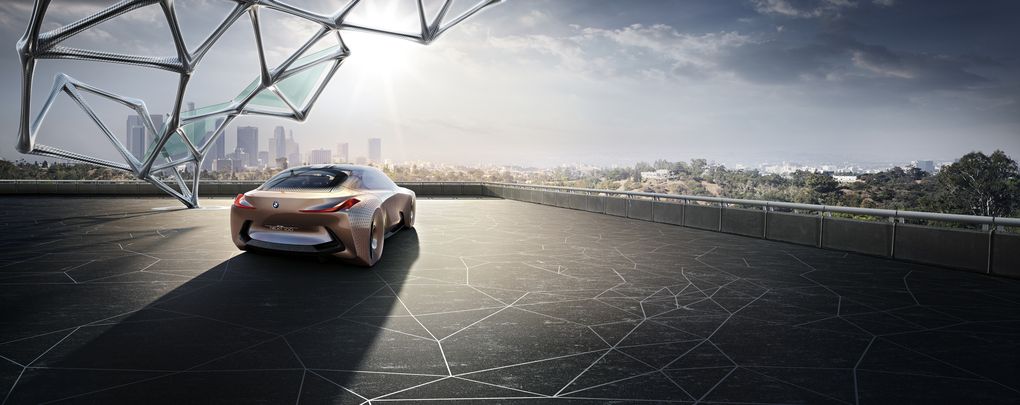




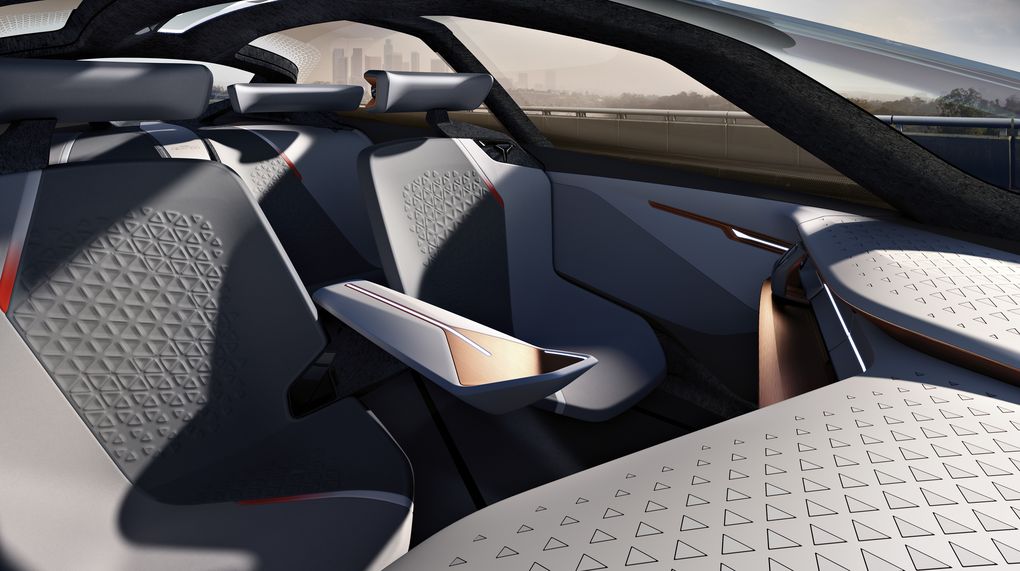
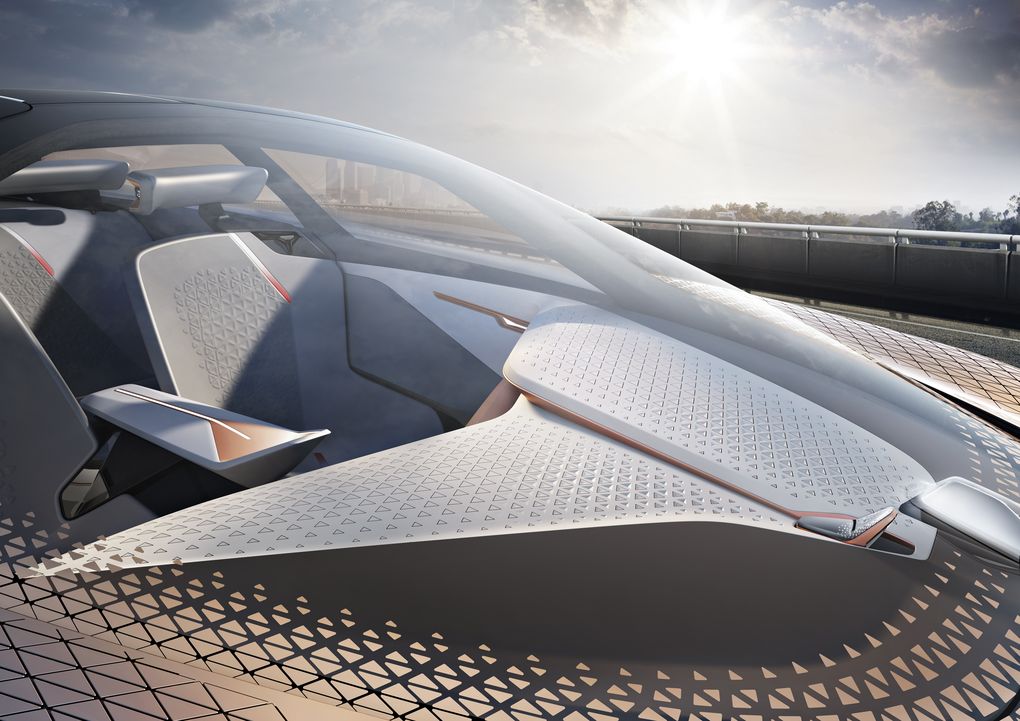
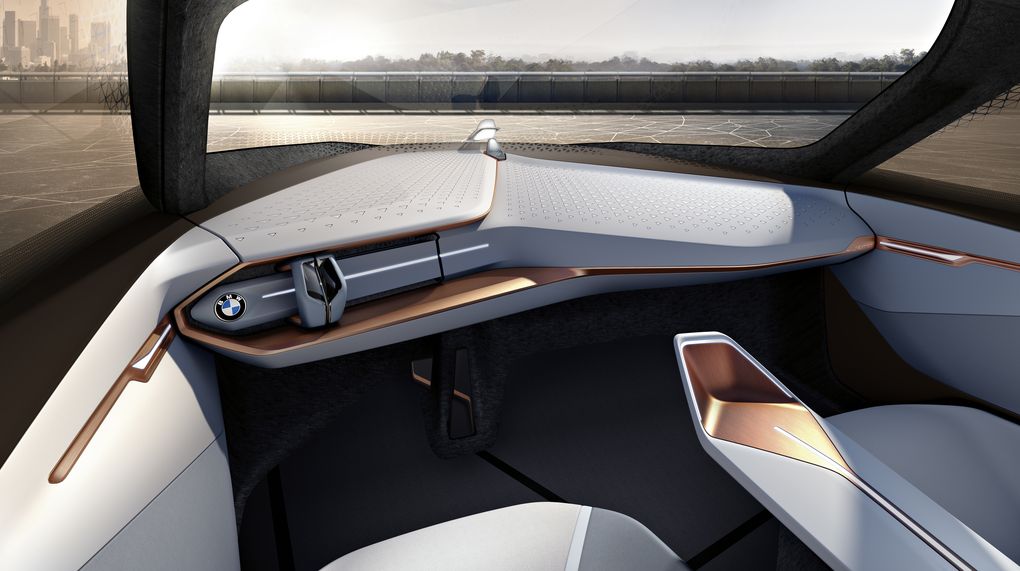
By Chris Ziegler – The Verge
BMW is in the midst of celebrating its 100th anniversary, and to mark the occasion, it just rolled out the Vision Next 100 concept at its Munich headquarters. By all appearances, it's one of the most insane concept cars BMW has ever conceived.
If you squint your eyes, you can still see a car that's clearly a BMW here — it has the iconic "kidney" grille, for instance — but beyond that, the details are all visions of a distant future. The entire windshield is an augmented reality display, which takes the place of every single dashboard display. There are also 800 triangles embedded in the dash, which BMW calls Alive Geometry. These multicolor polygons apparently communicate "very directly with the driver through their movements, which are more like gestures than two-dimensional depictions on a display."
As with other recent concept cars (including BMW's own i Vision Future Interaction Concept at CES a couple months ago), the Vision Next 100 refuses to take sides in the self-driving debate — when you want to drive, you can, and the car helps you by drawing the optimal driving line on the windshield. That's "Boost" mode. In the alternative "Ease" mode, the car takes over, the steering wheel retracts (a solution Elon Musk has also suggested in the past), and the seats change shape to make driver-passenger communication a little easier. Meanwhile, the windshield can be used for entertainment.
The most insane idea in the car, though, might be the ominously named "Companion." BMW describes the Companion as a gemstone-like object that "symbolizes the intelligence, connectivity and availability" of the car that learns about the owner over time and can eventually "perform routine tasks" and "offer advice." It moves depending on the car's current mode, signaling to nearby pedestrians when it's safe to cross in autonomous mode — we saw a similar concept in Mercedes-Benz's F 015 last year, too.
Very, very little in this car is anywhere close to production-ready, but put together, it's an interesting mix of tech that BMW thinks will define the next few decades of its existence. Those are a critical few decades, considering the advent of autonomous driving, car sharing, and Uber — so the technologies that we're seeing here are basically a preview of BMW's long-term defense against disruption. I don't know if morphing polygons are the answer, but it's fun to dream.